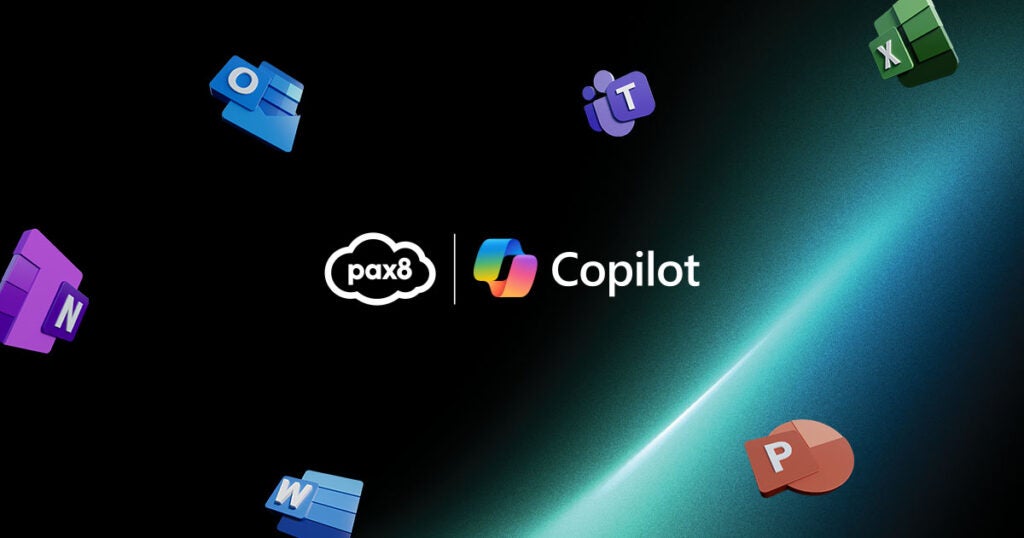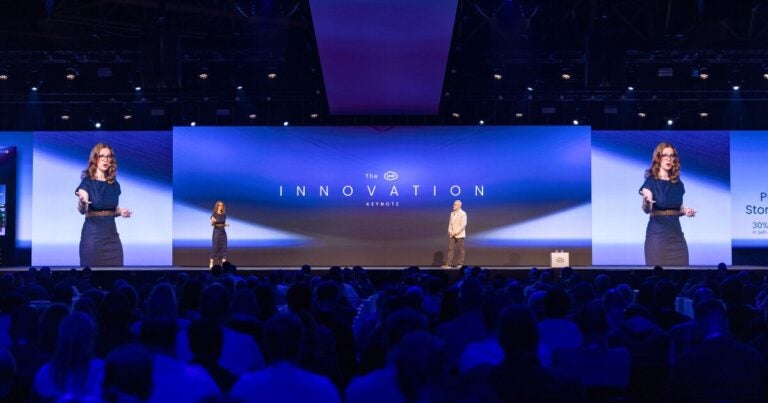Picture this—you have an exceptionally intelligent digital assistant that learns from a wealth of data to support your business needs. Imagine you provide it with numerous examples of customer service interactions. Over time, it learns the nuances of effective communication, common customer issues, and successful resolution strategies. When you task it with creating a new customer service protocol, it uses this knowledge to generate a comprehensive, unique approach that improves customer satisfaction and efficiency, all while adhering to your company’s values and policies. This is the power of Generative AI; it assimilates vast amounts of data and generates innovative solutions, whether it’s crafting marketing content, designing products, or optimizing operations.
However, with such immense power, how can we ensure that Generative AI is used ethically and responsibly? For instance, how do we prevent AI from inadvertently perpetuating biases present in the training data? Could AI generate customer service protocols that prioritize certain customer groups over others? And how do we ensure AI respects customer privacy and does not misuse sensitive information? These are critical questions that need to be addressed to harness the full potential of Generative AI while maintaining ethical integrity.
Implementing Generative AI responsibly
Microsoft Copilot is a prime example of a Generative AI tool. It assists people by generating high-quality content based on the data and prompts provided. Whether it’s drafting emails, creating documents, or suggesting code snippets, Copilot leverages its advanced AI capabilities to deliver useful and relevant outputs efficiently. By incorporating Copilot into your workflow, you can harness the power of Generative AI to streamline your tasks and enhance productivity, all while ensuring your data is handled securely and ethically.
Key considerations for ethical AI integration
As you integrate Generative AI tools into your workflow, it’s crucial to address several key considerations to maximize their benefits while mitigating potential risks. From handling sensitive data to ensuring intellectual property protection, maintaining ethical standards, and evaluating quality, each aspect plays a vital role in the effective use of AI technology.
Handling sensitive data
When using Generative AI in the workplace, it’s imperative to handle sensitive data with care to avoid security breaches or privacy violations. This includes confidential company information, Personally Identifiable Information (PII), or intellectual property. Ensure the AI tool manages sensitive data securely by following strict confidentiality protocols, using encryption for data protection, and implementing robust access controls. Training your customers in safe data handling practices is also essential to reduce the risk of privacy violations and breaches.
Incorporating Microsoft solutions like Microsoft Defender can further enhance security. These tools can help you build a Zero-Trust foundation, driving transformation with Azure and Microsoft Cloud, simplifying endpoint management, and unleashing intelligent productivity. By leveraging these Microsoft solutions alongside Copilot, you can ensure that Generative AI is used securely and effectively within your organization.
Protecting intellectual property
As Generative AI tools create new content, it is crucial to consider intellectual property ownership. The AI tool might use someone else’s copyrighted material or trade secrets, which could result in legal disputes or damage a company’s reputation. Establish guidelines for generating, using, and crediting AI-generated content to avoid intellectual property issues.
Ensuring ethical use
Ensuring the ethical behavior of Generative AI tools is critical in the workplace. Sometimes, AI tools may unintentionally produce biased or discriminatory content based on the data they were trained on. Make sure the AI tool treats everyone fairly and with respect by carefully monitoring its output and addressing any ethical concerns that arise.
Maintaining quality
While Generative AI tools can be highly effective, they can also produce content that is inaccurate, irrelevant, or of poor quality. It is necessary to consistently evaluate the AI-generated content to ensure it meets the company’s standards and serves its intended purpose. By monitoring the output and providing feedback, you can help the AI tool improve over time and become more accurate and reliable.
Avoiding dependency
Relying on AI tools can create dependencies that may lead to operational disruptions if the provider faces issues. Integrate tools within a robust ecosystem like Microsoft. Microsoft 365 Copilot is designed to work seamlessly within the Microsoft ecosystem, ensuring a more sustainable and reliable AI experience. By leveraging Microsoft’s comprehensive security measures and infrastructure, companies can maintain continuity and safeguard access to AI-generated content and functionality. This approach aligns with the best practices for AI security, as outlined here in the Pax8 and Microsoft Playbook.
[Please note: You must be logged into the Pax8 platform to access the M365 Copilot link above.]
Evaluating and optimizing AI outputs
Keep an eye on the output of Generative AI tools to check for bias, inaccuracies, plagiarism, and other unintended consequences. To make sure you get the best results from these tools and avoid any pitfalls, take these steps:
- Ensure content accuracy and relevance
- Strategy: Regularly review AI-generated content to ensure it meets your expectations and requirements.
- Example: For AI-generated product descriptions, verify that the information is accurate, up-to-date, and consistent with your product catalog.
- Watch out for: Inconsistencies, factual errors, or out-of-context information.
- Tips for success: Create a checklist or set of criteria for evaluating content and use it as a guide.
- Verify against trusted sources
- Strategy: Compare AI-generated content with information from reputable sources or existing documentation.
- Example: Cross-reference industry-specific insights with authoritative reports or research papers.
- Watch out for: Over-reliance on a single source and confirmation bias.
- Tips for success: Use multiple sources for validation and maintain skepticism when reviewing AI-generated content.
- Improve AI with feedback and guidance
- Strategy: Regularly provide feedback on the AI tool’s performance.
- Example: Report deviations from your company’s tone or style.
- Watch out for: Ignoring persistent issues.
- Tips for success: Document recurring issues. Remember that AI tools are continually evolving, and your vigilance and feedback play a crucial role in their ongoing improvement.
- Identify and address biases
- Strategy: Recognize and address biases in AI outputs to ensure fairness, inclusivity, and compliance.
- Steps:
- Educate yourself about common biases (racial, gender, etc.) to identify them in AI outputs.
- Analyze output for biased language, patterns, or stereotypes, focusing on representation and assumptions.
- Challenge generalizations and stereotypes in the content.
- Modify biased content to ensure it is fair and inclusive.
- Adjust AI settings or provide diverse training data to reduce bias.
- Stay informed about the latest research and best practices on AI and bias through training and workshops.
Final thoughts: ensuring success with Generative AI
Generative AI offers tremendous potential, but it requires careful management of best practices and potential risks. By following the strategies outlined in this blog—regularly reviewing AI performance, safeguarding sensitive data, protecting intellectual property, and maintaining ethical standards—you can effectively leverage these tools to create high-quality content. Staying informed and proactive ensures that you maximize AI benefits while addressing challenges. With thoughtful implementation and ongoing improvement, AI can be a valuable asset for innovation and efficiency in your organization.





